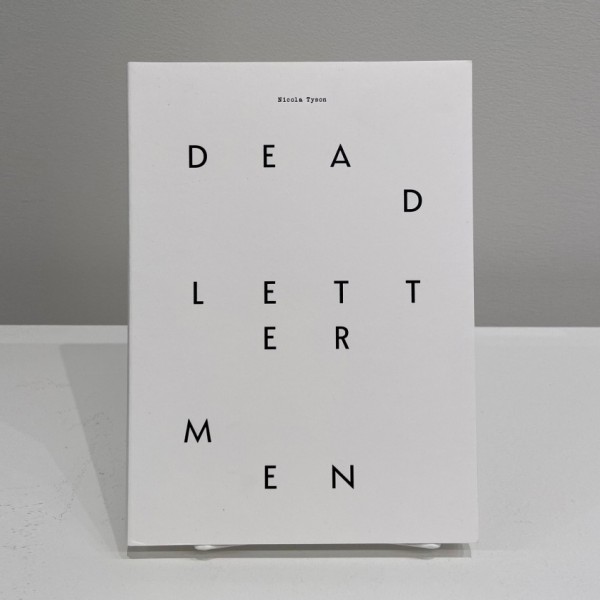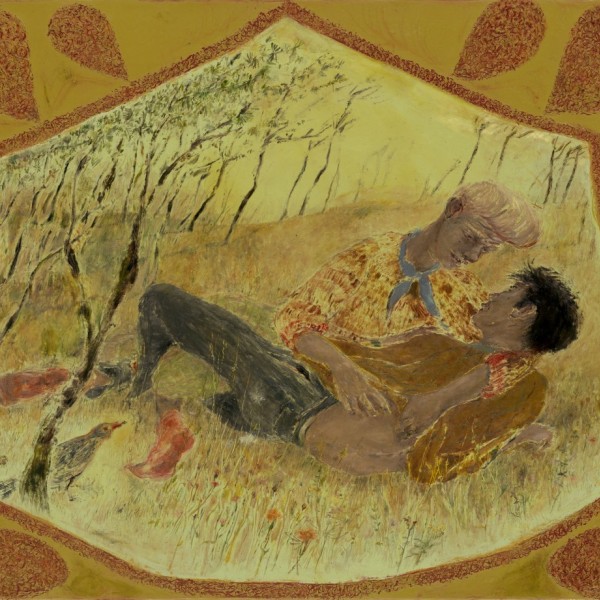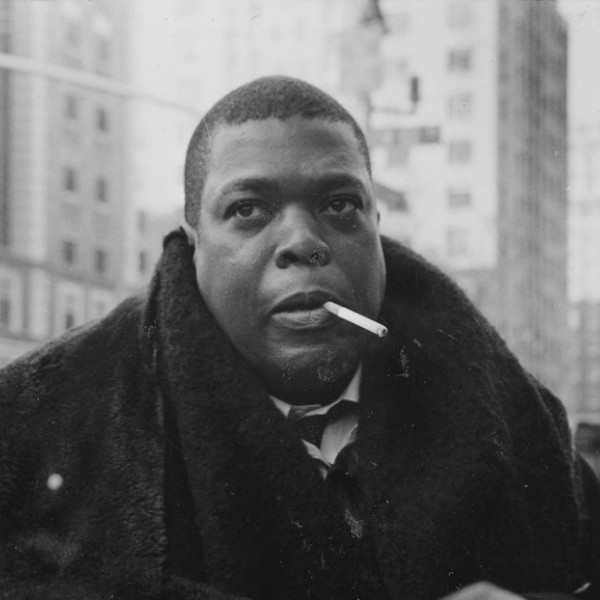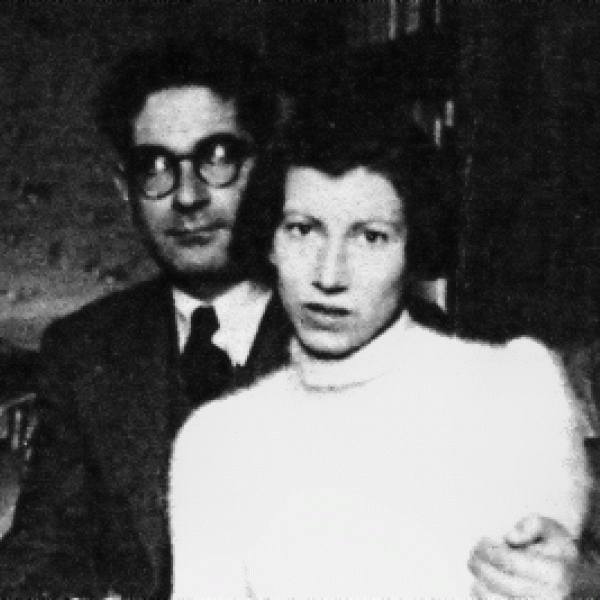Meeka Walsh
-

Ends and Beginnings: The Generative Photographs of Nan Goldin
In the interview that follows, “beauty” is spoken. Goldin says, about her photographs from Eden and After, “I desire the beauty. I’m attracted to people who are beautiful. And my people are all kinds of beautiful.”
-

Belle Lettrists: Nicola Tyson, Maria Lassnig, Amy Sillman
I have two very particular books of letters on my desk. Particular in that neither is the collected correspondence of one writer in touch with a number of recipients over time, nor gathered together to reflect the breadth of the recipients, nor the myriad points of connections the writer made in a lifetime, nor focused on an event of significance—a crisis lived through and reported on, personal or universal. More particular than that.
-

Sweetened with Beauty
The interview that follows was prompted by the exhibition at Whitechapel, “Kai Althoff goes with Bernard Leach,” in tandem with our own long-standing interest in the artist’s work.
-

Through the Eyes of Another: Black and Visible
How many ways to say—and how many voices to call—systemic racism; to say unyielding white supremacy; to say invisibility that goes unremarked; to say denial of personhood?
-

Esmaa Mohamoud
For Esmaa Mohamoud, growing up as the only girl between two older brothers and two younger ones, an engagement with sports was inevitable. A self-described tomboy, she played sports like a boy, wore a jersey, was a Raptors fan who admired Vince Carter and wanted some of his magic for her own.
-

The Song of Her Self
Tschabalala Self is very clear, very focused, very persistent. She says, when queried in the interview that follows, “My work is all about figuration. It’s all about people, lives, lived experiences.” She says, “The main subject of my work is the Black woman, and I care for Black women and I also care about the reputations of Black women as they exist in the real world and also in the collective imagination.”
-

Subjectivities
In the span of three years three books have been made available to readers in North America where the simple statement “I am my own subject” could apply.
-

Clarice Lispector: The Thereness of Language
Everyone who reads Clarice Lispector grapples with the figure who can’t be interrogated now, since she died in 1977, and couldn’t be queried any more readily when she was alive. To read her is to enter a state of involuntariness.
-

Dreaming Robert Frank, Dreaming Walter Benjamin
Awake too much, the dream and its fragmented, fogged and transitory qualities, I find a seductive state. The lapse and slip and the nuance, already elusive by its very suggestion, is an amplitude to which I am drawn.
-

Nancy Spero: Grit and Grace
For me it all started in 1991 in Munich at the Glyptothek. First visit there and unsure about the city with its place as a fertile bed for the rise of the National Socialist Party, indeed its foundation was there in 1919. Even though it was May, the weather had turned and we were faced—dressed in light jackets, jeans and sneakers—with angled sheets of rain and snow…
-

Promise, Nathan Englander
Larry exhibits obsessive-compulsive behaviour. When he was a young man, its manifestations were more prevalent, the urges to follow the inclinations directed by this disorder more compelling. Now he is a mature adult, the expressions of the disorder have receded, are in check. My obsession—of a milder, readerly sort—is with the author of the book kaddish.com, which houses the character Larry. It’s Nathan Englander and it’s this book and the others by the same author.
-

Primal Work
Rebecca Belmore is among the most compelling and mesmerizing performance artists working anywhere in contemporary art. But “performance” is too limited and maybe even misleading a term. What she does when she performs is to embody a state of mind. She resists words like “ritual” and “ceremony” to describe her actions. What engages her is the time it takes to work through an idea, and nothing mediates the concentration necessary to achieve that purpose.
Haven’t found what you're looking for? Explore our index for material not available online.

